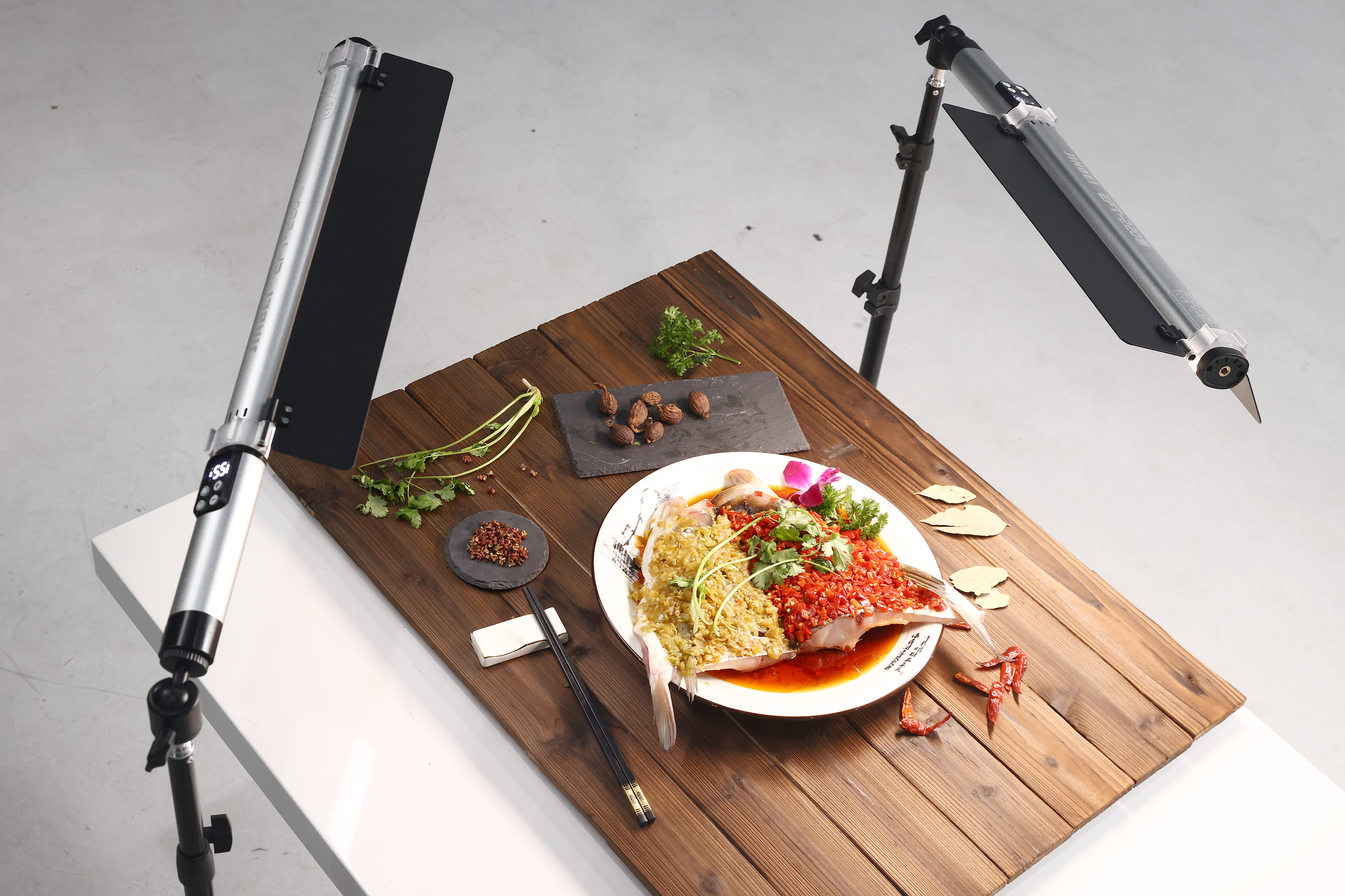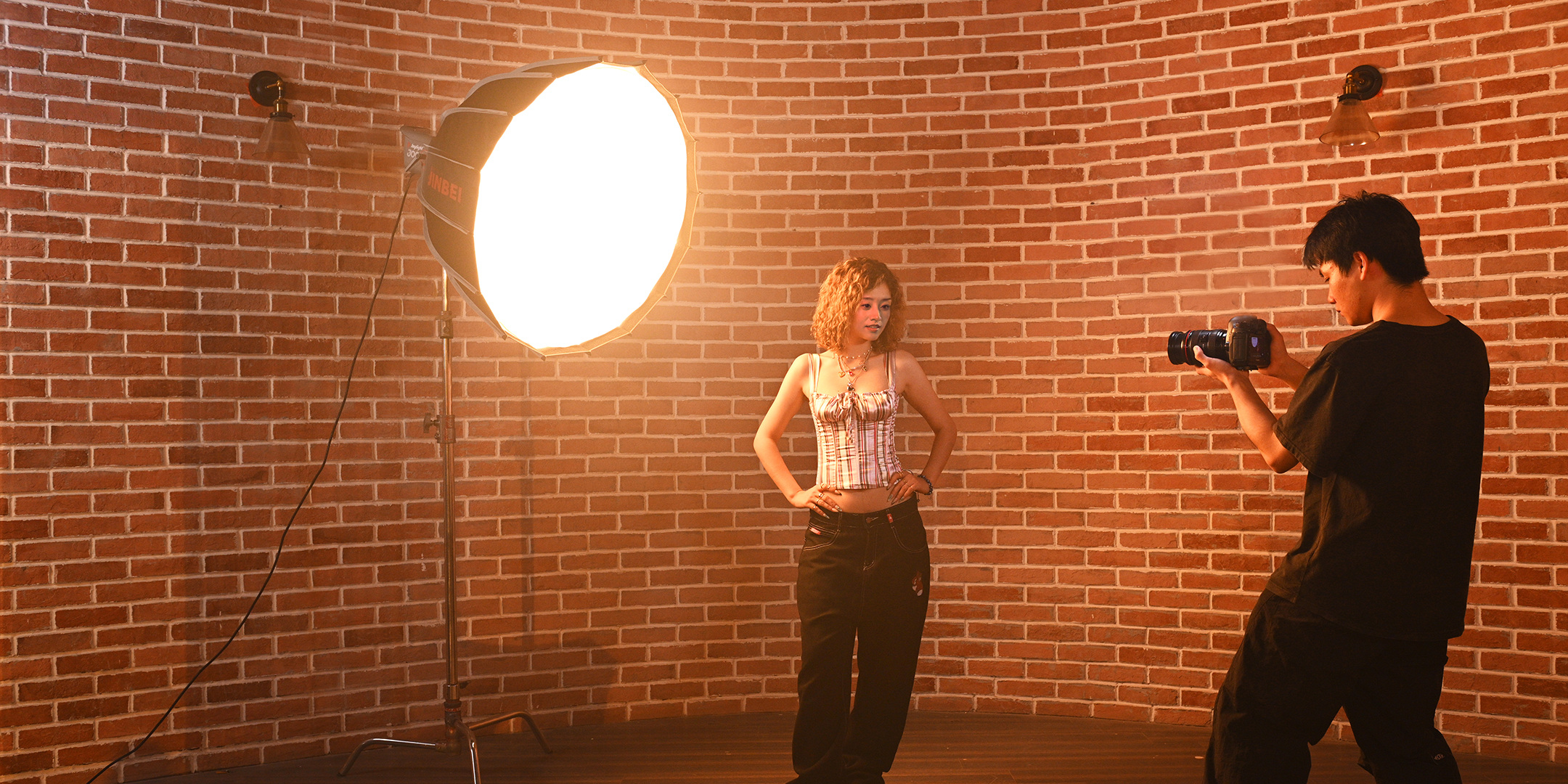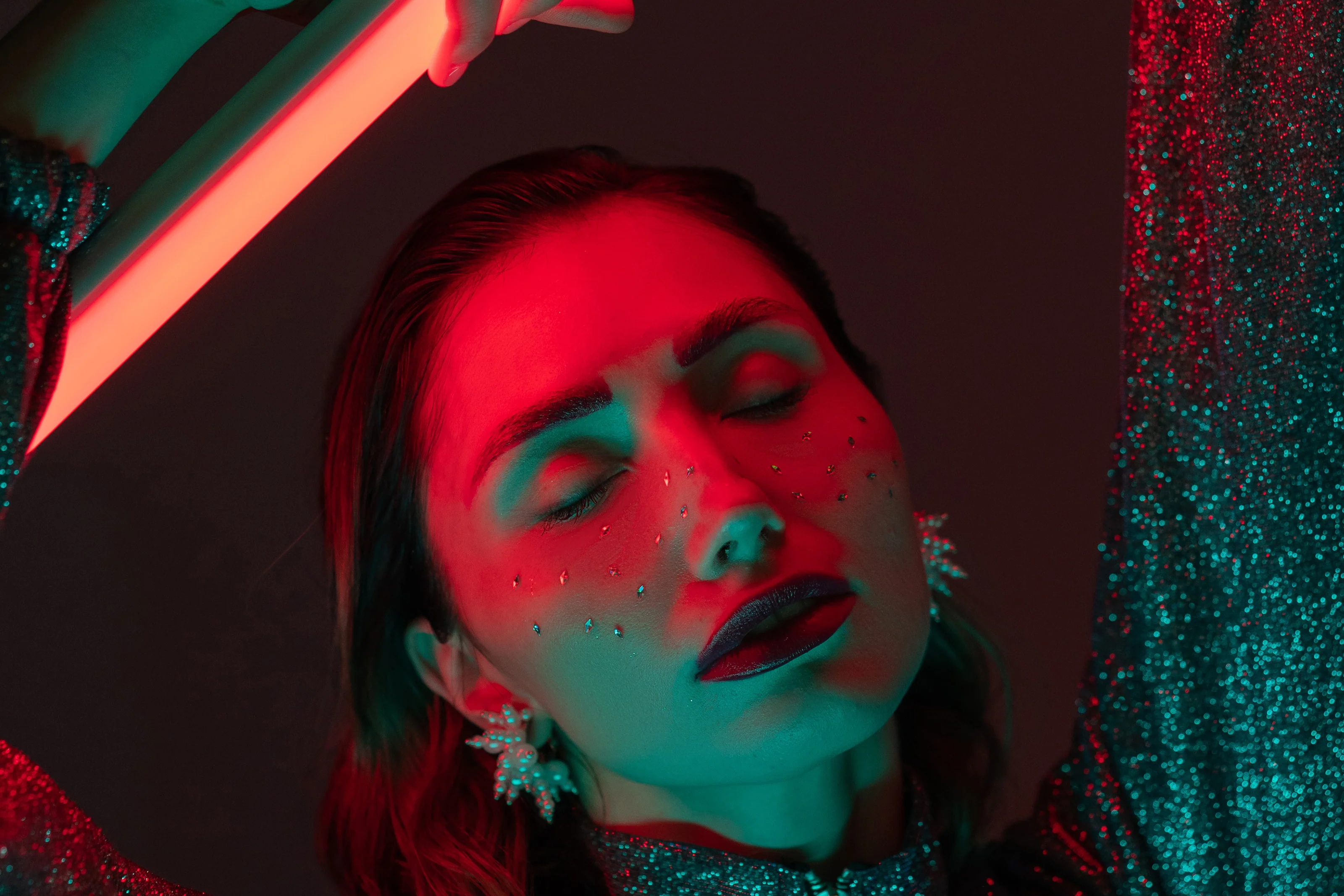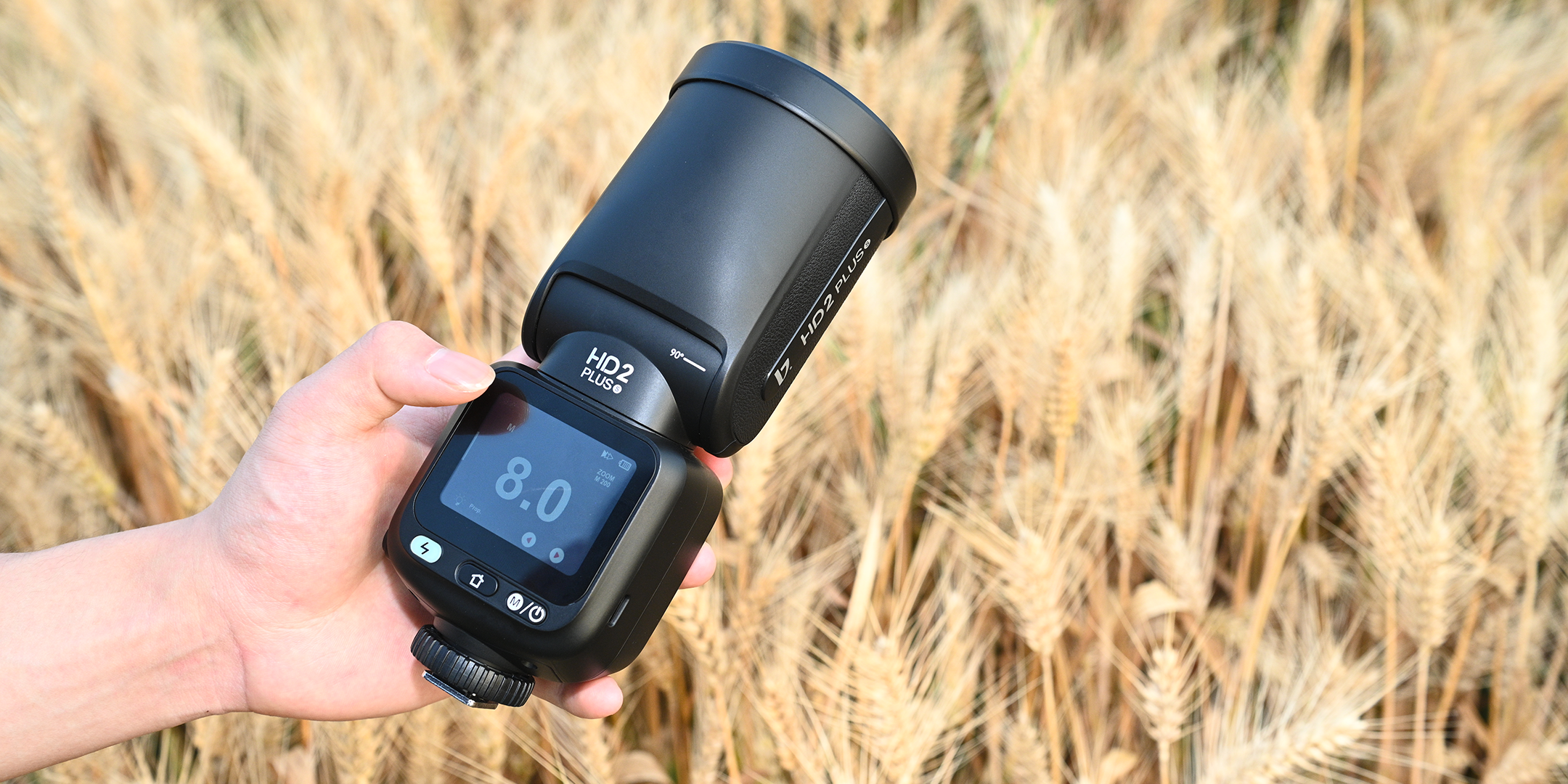The eye eats with you! You can tell that this is more than just a snappy and well-known kitchen saying food photographers sing a song. How is it possible to skilfully stage everything from the aperitif to the dessert As is so often the case in photography Light The key to success.
Daylight or rather artificial light?
artificial light has the advantage in photography that it practically doesn't matter if the sun is hiding behind gray clouds or if a shooting is scheduled late at night. Nevertheless, many food photographers these days do without artificial light and strive for a purist, minimal look that is in every respect related to the natural ambient light builds.
In fact, food and prepared dishes look best in natural light. The eye of the person looking at the photo is most likely to recognize the effect of the natural light used to it and can get used to it best in the scene or move into the moment.

Avoid artificial light for the sake of naturalness?
The aversion to artificial light that some photographers display today is due to the typical look of food photography in the 80s and 90s. At that time dishes were as artistic as possible, almost like a baroque still life , prepared in the studio. It might look impressive, but not really appetizing. However, what many photographers overlook today is the fact that technology, what that artificial light concerns improved has. With a little practice, every food photographer can use artificial light like natural ambient light to make look. That leads whenever movements frozen should be when the effect of the hard light is desired or if it simply needs a certain consistency in the images, too excellent results .
High-key or low-key more than just a photographic philosophye
Why does the T-bone steak with a dark crust look so delicious on the grained wooden board or why does the spring-like cream cake, which is anything but a light snack, look so airy against the bright background and in the soft light? The secret lies in the staging of the meal and almost everyone makes use of this food photographers of high and low key photography. In theHigh key photography the lights predominate in a picture, i.e. the bright parts of the image . There are almost no shadows, the picture automatically looks friendly, light and warm. Thelow key photography accordingly represents the opposite of this. Here the shadows predominate, i.e. the dark parts of the image , the effect is intense, rough and goes best with intense dishes such as grilled meat, red wine or seafood. Low- and high-key are particularly effective when not only the dishes, but also the Colors be chosen to match the light.

Courage for artificial light
Waiting for the perfect natural light is one thingm food shoot hardly possible, especially when the photographer is not familiar with the premises and when time is limited. The solution that then presents itself is Lightning- andsteady lights. Both variants bring enormous flexibility with himself.
flashlight has the advantage that the color temperature based on daylight. The white balance, regardless of whether it is selected automatically or manually, is usually not a problem and even longer series of images are convincing due to their consistency.steady lights are not suitable for freezing movements, but still have some advantages over flashlight. Users can immediately see how the light affects a scene, and there are now models that can precise adjustment of color temperature allow. Another benefit of some steady lights comes from the use of RGB LEDs . With these, practically every visible color in the spectrum can be precisely selected. This is especially useful for those creative food photography in which certain concepts and one's own visual language are clearly expressed.
Culinary creativity in the right light
Even beginners should not shy away from using artificial light in food photography. The important learning effects only appear with the application. On top of that, it doesn't hurt to always have one artificial light source to have on hand when the natural ambient light is not what you want it for desired image effect would need.

Some shy away from using artificial light because of the high price, and in fact there is no upper price limit for flash systems and permanent lights. That doesn't mean, however, that you can't get along too cheaper variants achieve excellent results. Especially continuous lights, which are easier to use for beginners, also allow professional results quickly and inexpensively.
A conclusion on the perfect exposure for food photos
Natural light or artificial light the answer is: preferably both. Depending on the situation, time, picture look and of course the dishes that are to be photographed, both variants are possible. Even the purist who relies on the effects of natural light is occasionally up dependent on artificial light to complete the task in high quality to bring to an end.
If you too great food photos did, please tag usInstagram andFacebook with the hashtag#jinbeiphotobox. We look forward to your results!





Teilen:
Helpful tips for travel photographers
Photograph foggy landscapes impressively